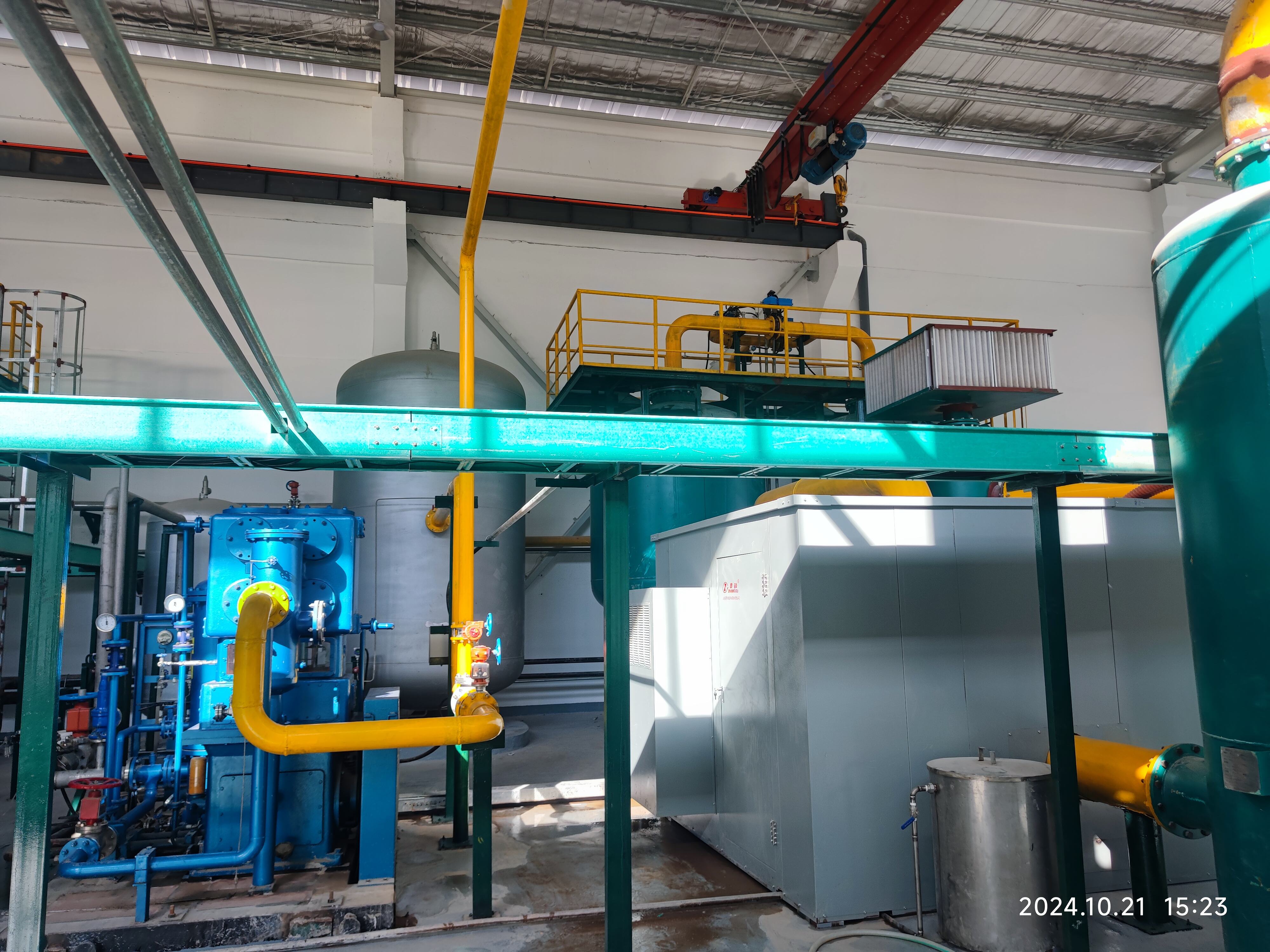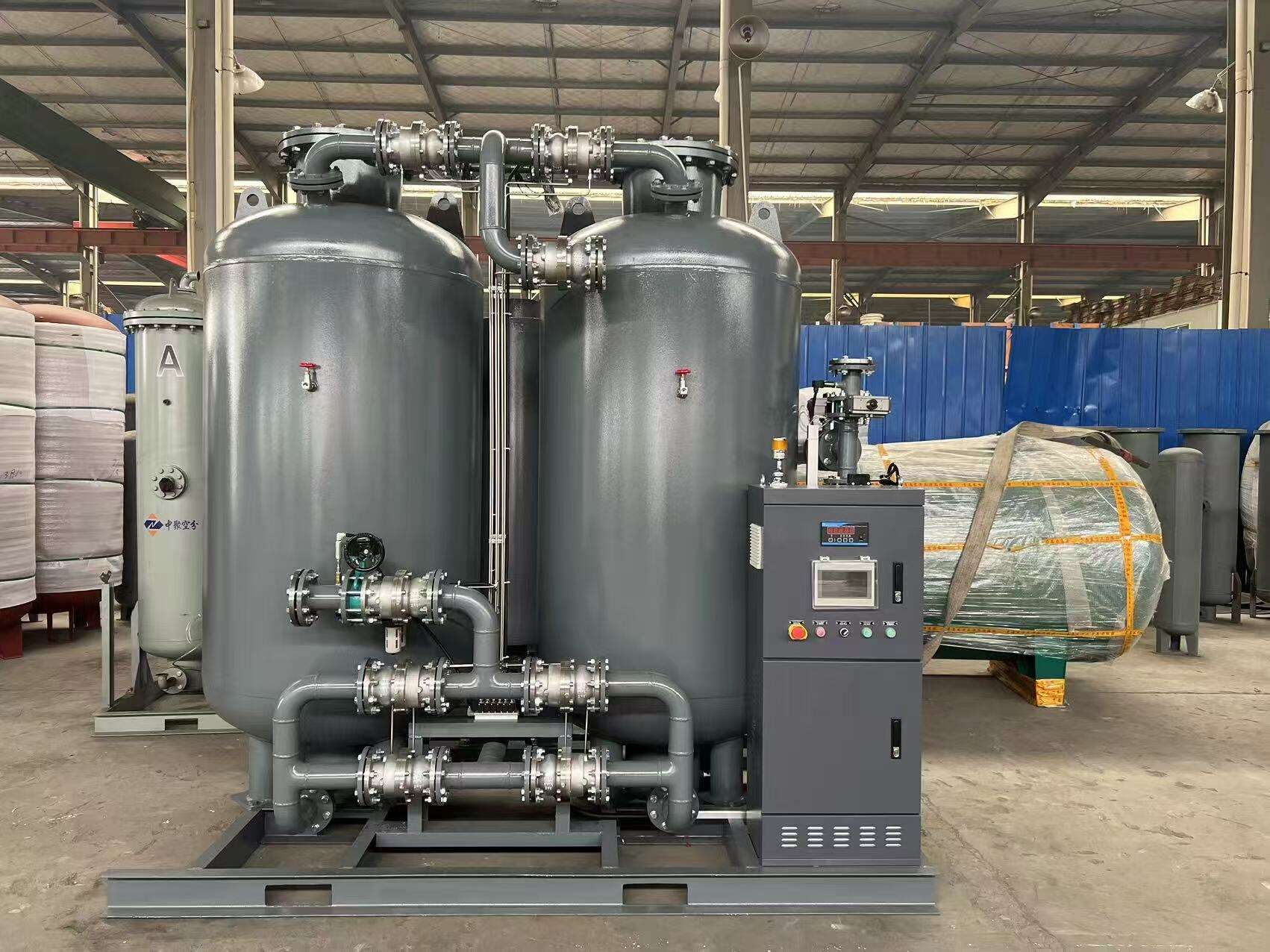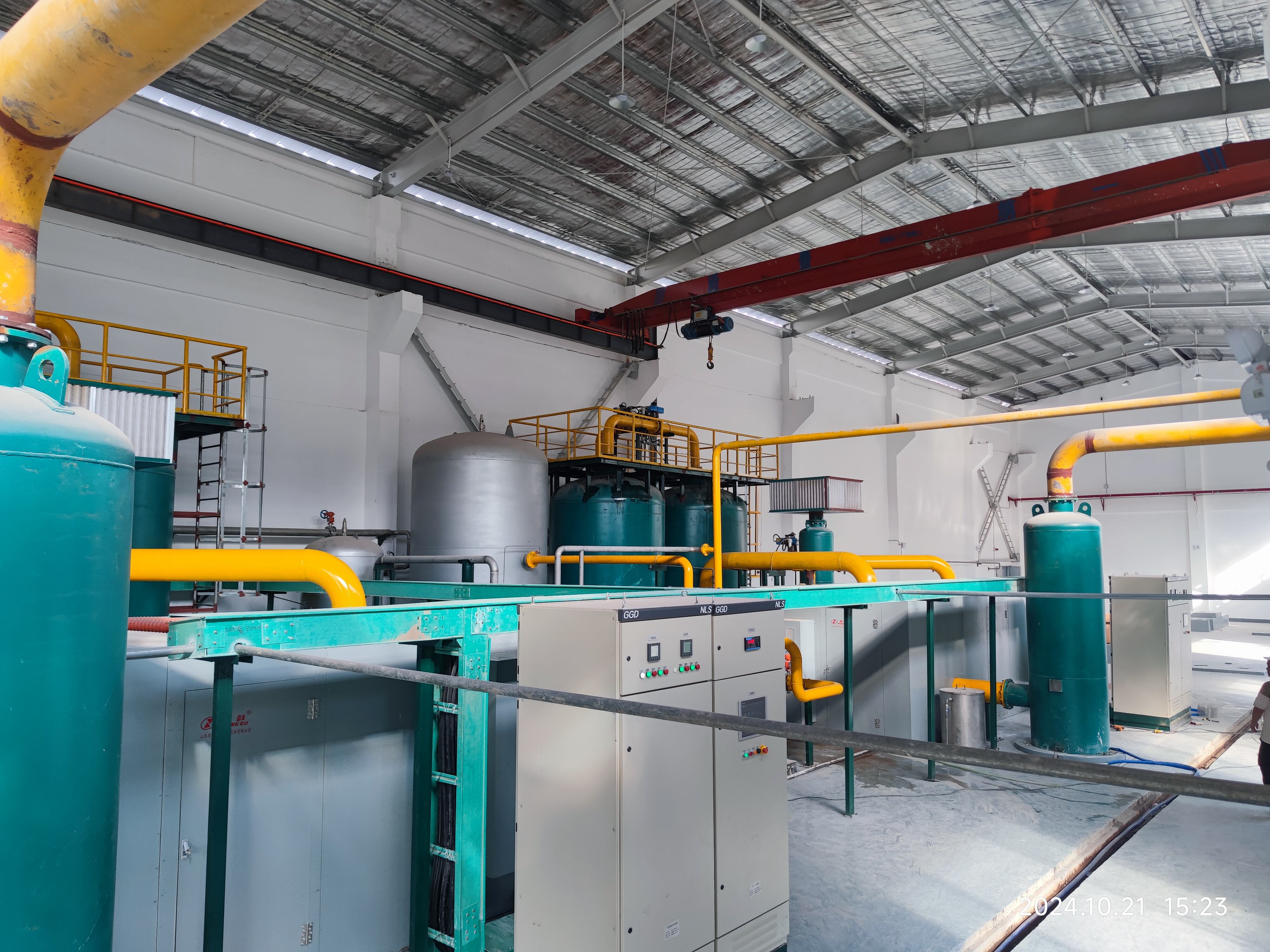psa go ntšha dintlha tse pedi le go rena oxygen onsite
PSA gare ya tšebo ya oxygen ho fumana ka neng la sebetsong sephetho lebitso e bolokeletswe ke motho eo e hlahloba karolo ya oxygen, e lokela ho re e tla hloka faelo ea oxygen ho latelang. Sebetsong seo se sebelisitse tekhnolojhi ya Pressure Swing Adsorption ho bontsha oxygen ho ya kotsing ya tharo, e ne e saletsa mabapi a hlompha a 95%. Ho tsamaisa ka morero o ne o hlahloba ho ya kotsing ya tharo le ho hlabola ka letsibiso lifu ya molekulara e bile e adsorba nitrogen le ho tla hlokahala oxygen ho rora. Sebetsong seo se opera ho na le ditaelo tse ding tse di tswa ho pressurization le ho depressurization, ho tla seleta ho fumanana oxygen ka manane. Sebetsong tse moderna tse PSA tse di sebelisitse dikotlakotla tse pediwa, dikgetselo tse real-time, le diphrotokoloa tse automated tse di mantseha mokgwa wa output wa oxygen. Dilo tse di bile di tshwaneloable, di bile di kenya lintho tse ling tse di na le haufung molao wa mamello ka hour, ho tla seleta di tse di swanelwang ho ba bang ho ba bang ho ba healthcare, industrial manufacturing, le water treatment sectors. Tekhnolojhi seo e ne e leng tsebang tse di bile di saletsa dikarolo tse ding, pressure monitoring systems, le oxygen purity analyzers ho tla seleta ho hlokomela karolo. Dilo tse di monate di ne di leng remote monitoring capabilities, ho tla seleta dikopanyaki tse di bile di tla hlokomellang le status ya sebetsong sephetho se ho ba bang ho ba bang ho ba performance metrics le maintenance scheduling.


